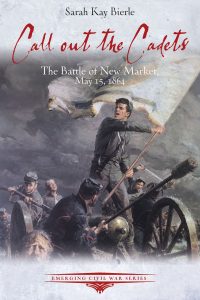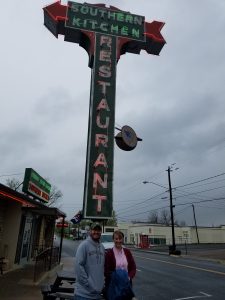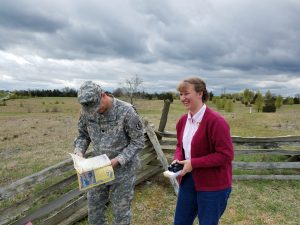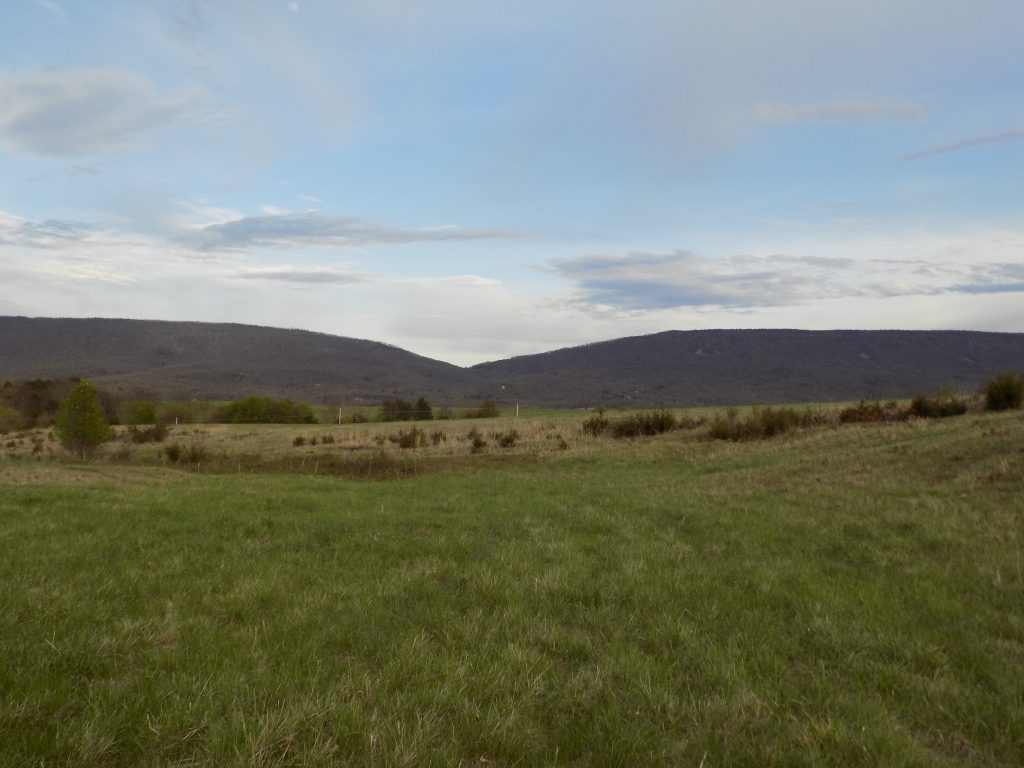The “Emerging Civil War Series” Series: Call Out The Cadets
 Why New Market? Why another book about the battle fought on May 15, 1864, in the Shenandoah Valley as Union soldiers once more tried to secure a strategic position and a scrambled together force of Confederate troops fought to prevent them from reaching their objective? Why recount again the stories of the Virginia Military Institute Cadets and their decisive charge which helped to secure that Confederate victory?
Why New Market? Why another book about the battle fought on May 15, 1864, in the Shenandoah Valley as Union soldiers once more tried to secure a strategic position and a scrambled together force of Confederate troops fought to prevent them from reaching their objective? Why recount again the stories of the Virginia Military Institute Cadets and their decisive charge which helped to secure that Confederate victory?
Why New Market? It’s a question that isn’t so much about the history of the battle, but why did I choose to write about it.
To be fair, I got the question much more frequently when I lived on the West Coast. The short answer personal reasons used to be: to write a book, a piece of ground that captured my desire to research, and the coloration between the VMI Cadets of 1864 and one of my own brothers who had joined the military. (I’ve written in more detail about the reasons behind writing the book here).
I had the inspiration and the green light to write the book, but little did I know that some of my all-time favorite history learning moments and memories thus far would also happen on the New Market fields.

In April 2018, Dan Davis—co-managing editor of ECW Blog at that time—met me in New Market for an amazing day of research discoveries (on my part). He stood me on the battlefield and said, “Where’s Shirley’s Hill?” I made a vague guess at a piece of high ground. Of course, I knew what Shirley’s Hill was (the Confederate position at the beginning of the May 15, 1864 battle) and where it should’ve been, but I had no idea how to identify it. That was my first official lesson in learning how to “read the land” of a battlefield.
Graciously, Dan spent the next hours of that rainy day driving around in his truck, pointing out landmarks and helping me learn how to take the head, book, and archive knowledge and apply to the landscape. As a California girl at the time, I desperately needed this class and no one had ever taught it for me before that day.
My mother who had come along on that research trip had an interesting time in the backseat as Dan drove back and forth on the Valley Pike, helping me figure out part of the driving tour for the book and teaching about the land. She tells me that she eventually just closed her eyes and took a nap while the historians in the front seats kept working! (I will add that my mom says she was well repaid for the looping drive when Dan introduced us to good local food at Southern Kitchen…)

My tutorial on reading battlefields continued the next day when Lt. Col. Troy Marshall took time out of his busy schedule as Director of the Virginia Museum of the Civil War to further explain “his battlefield.” I will always enjoy the memories of Troy’s creativity, patience, and knowledge as we explored New Market Gap, made poor jokes about Franz Sigel, and got our hands-on-history with an unforgettable bayonet drill moment. (Lt. Col. Marshall passed away this year, 2021, about a month after we led tours together for the battle anniversary.)
My mom and I had a private debate during this on-the-ground research process, and we decided to put our ideas to the test. With permission, we accessed Shirley’s Hill, the location where the VMI Cadets first came under fire in 1864 and then held their formation at parade step down the slope. My mother was in marching band in her youth and still has a pretty good memory of the different speeds of “step.” She marked time for a parade step, and we marched down the front slope of Shirley’s Hill, timing ourselves and making notes. It was close to five minutes before we hit the location that I felt we would’ve been out of the artillery zone. Then we got the brilliant idea that we should time the distance at a run— the way the more experienced veterans went down the slope. Well, confession time, it was warm and we didn’t feel like going back up, down, and up again…or breaking something by running/tumbling down the fairly steep slope. So we decided to run up the hill, time it, and let the slope count for the weight of the accoutrements and rifles that the veterans would’ve been carrying in their downward dash. The difference between the times was nearly two minutes.
I know that when others see the book Call Out The Cadets, they see a small history book with lots of photos, maps, and a battlefield tour. And that’s good! That’s exactly what readers should see. But when I look at the book, I also remember moments like these I’ve shared…snippets of time that built my life as a historian. I remember the silly jokes. The places that didn’t make it on the tour. The places I cried behind my sunglasses and hoped others wouldn’t notice.
Though there are many special moments from working on the books, these connected to the land are some of my all-time favorites. When I think about the stories behind the research and writing of Call Out The Cadets, I think of a tapestry of learning, laughter, heartache, and loss. Some of it came from the 1864 history itself. Some of it came from the journey of authorship.

————
Call Out the Cadets: The Battle of New Market, May 15, 1864
by Sarah Kay Bierle
Savas Beatie, 2019
Click here for more about the book, including a book description, reviews, and author bio.
Click here for ordering information.
Click here for the audiobook, read by Joseph A. Williams.

Great post. “Laughing at a history joke,” hilarious.